How AI is Changing Trauma Care?
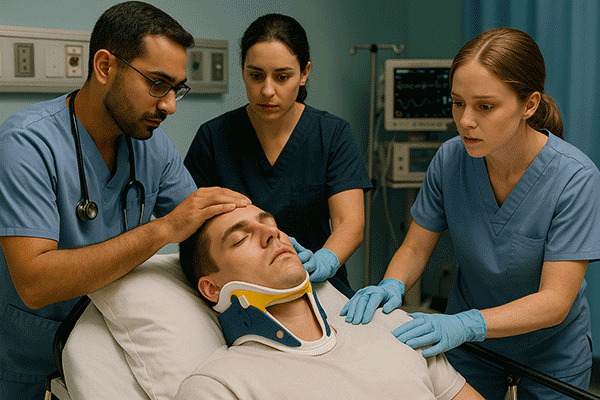
In trauma care, every second counts. When a patient arrives in the emergency department with a suspected intracranial hemorrhage (ICH) or cervical spine fracture, the clock is ticking. A delayed diagnosis can mean the difference between recovery and irreversible neurological damage, permanent disability, or even death. Despite the urgency, these life-threatening conditions can be subtle […]
Avicenna.AI lands FDA clearance for AI tool for cervical spine fracture detection
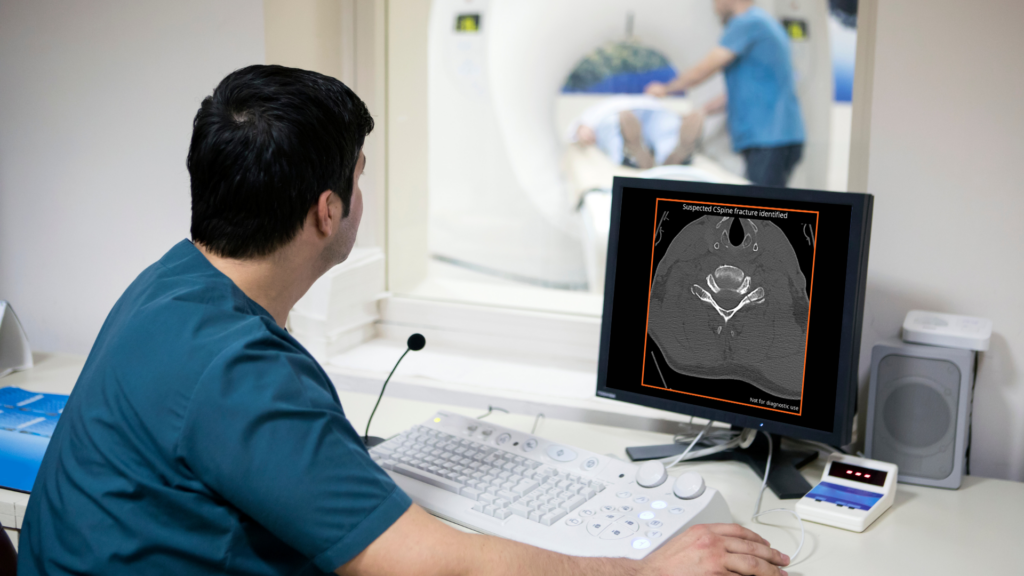
Medical imaging AI company receives approval for CINA-CSpine algorithm enabling detection and triage of cervical spine fractures. La Ciotat, FRANCE – September 19, 2024 – Medical imaging AI company Avicenna.AI today announced that it has received 510(k) clearance from the US Food and Drug Administration for its CINA-CSpine tool. Using a combination of deep learning […]
Avicenna.AI secures FDA clearance for AI detection of vertebral compression fractures
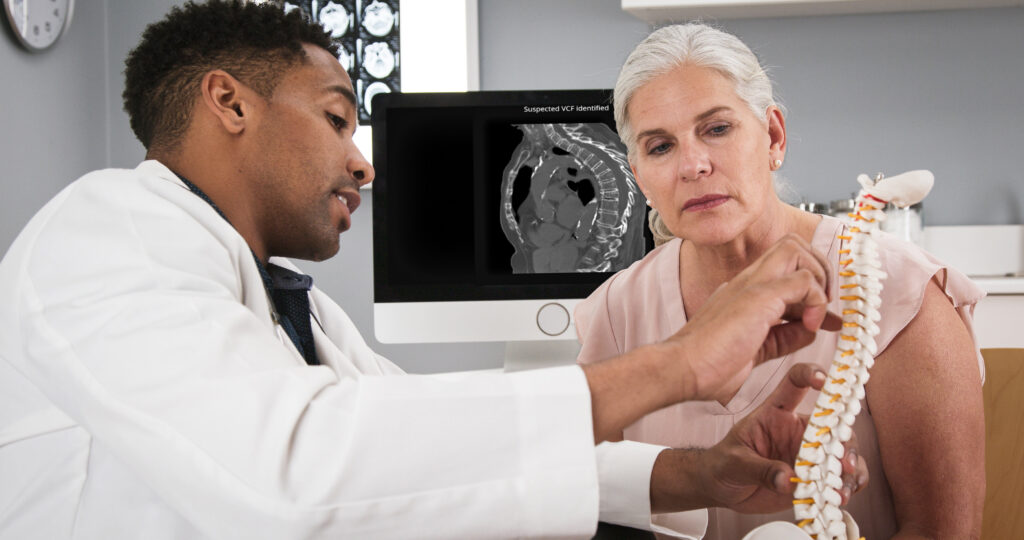
Avicenna.AI receives approval for algorithms enabling incidental detection of pulmonary embolism and automatic assessment of stroke severity.
How Artificial Intelligence is Revolutionizing Opportunistic Detection on CT scan?

In medical imaging, opportunistic findings are unexpected gems uncovered during unrelated procedures. The synergy of human expertise and AI’s pattern recognition becomes a powerful tool to speed up diagnoses, enhance care, and save lives.
AI triage solution for deadly vascular conditions receives FDA clearance and CE Mark

AI triage solution for Pulmonary Embolism and Aortic Dissection receives FDA clearance and CE Mark
Avicenna.AI receives CE Mark for stroke severity assessment AI tool
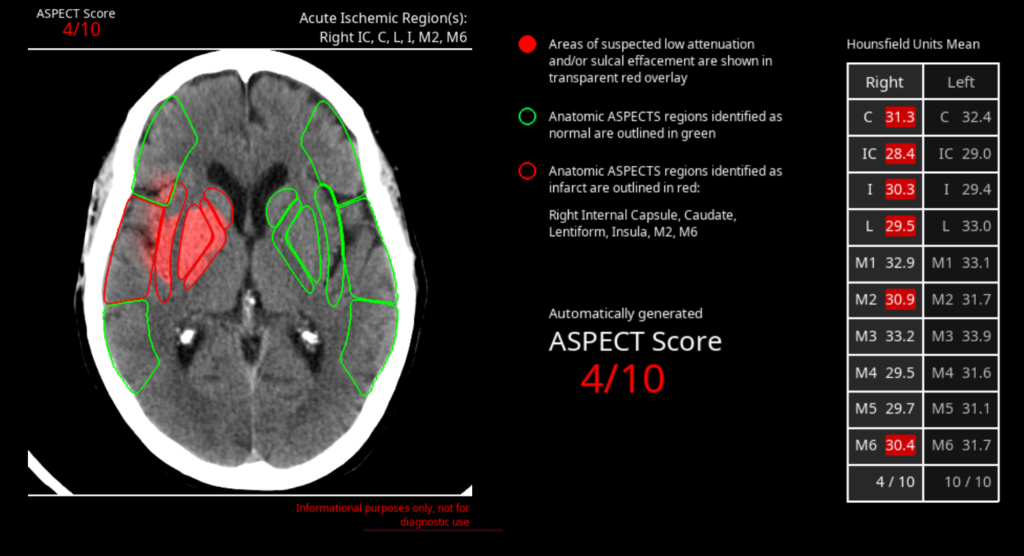
Avicenna.AI receives CE Mark for Automatic ASPECT Scoring AI tool
Stroke Detection AI Tool Approved for Medicare NTAP
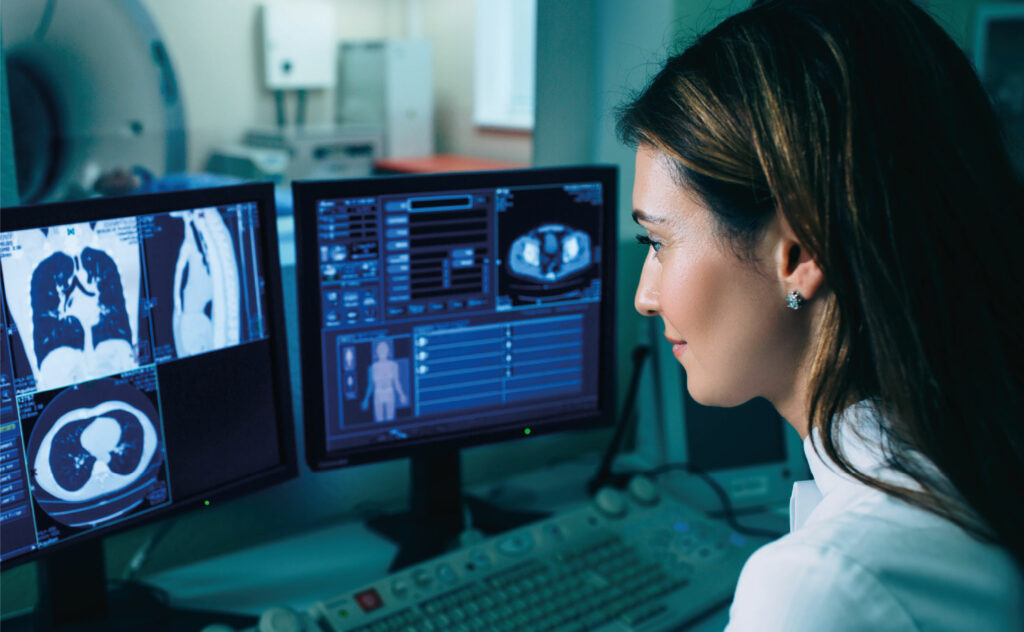
Stroke Detection AI Tool Approved for Medicare NTAP
Avicenna.AI secures FDA clearance for its CINA neurovascular imaging Tool
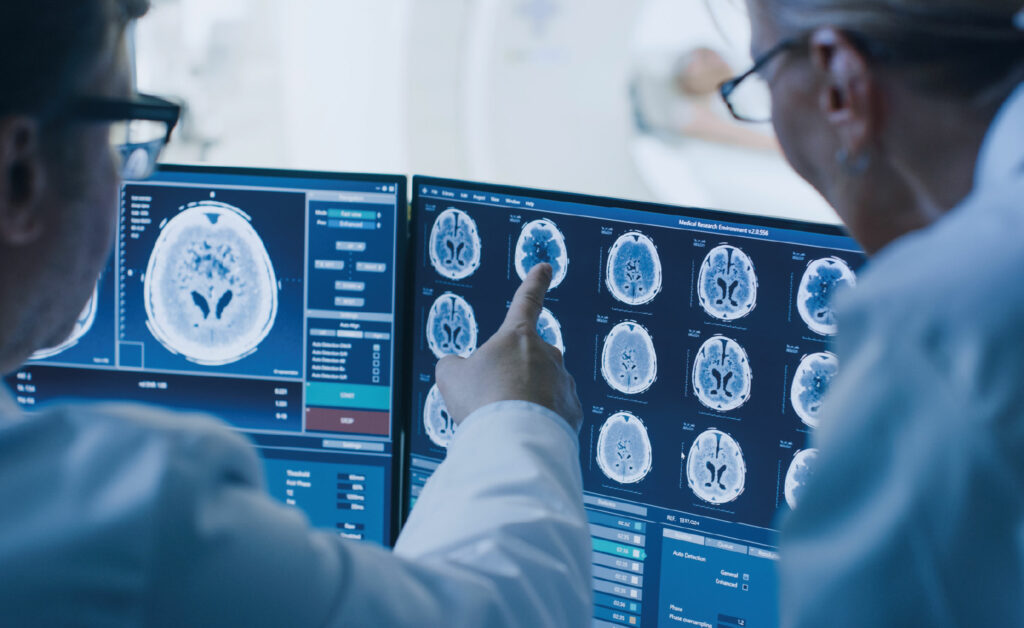
CINA supports emergency room triage for intracranial hemorrhages and large vessel occlusions. Paris, FRANCE – July 14, 2020 – Medical imaging AI specialist Avicenna.AI today announced it has received 510(k) clearance from the US Food and Drug Administration (FDA) for its CINA triage AI solution for neurovascular emergencies. The FDA’s decision covers CINA’s automatic detection capabilities for both intracranial hemorrhage […]
